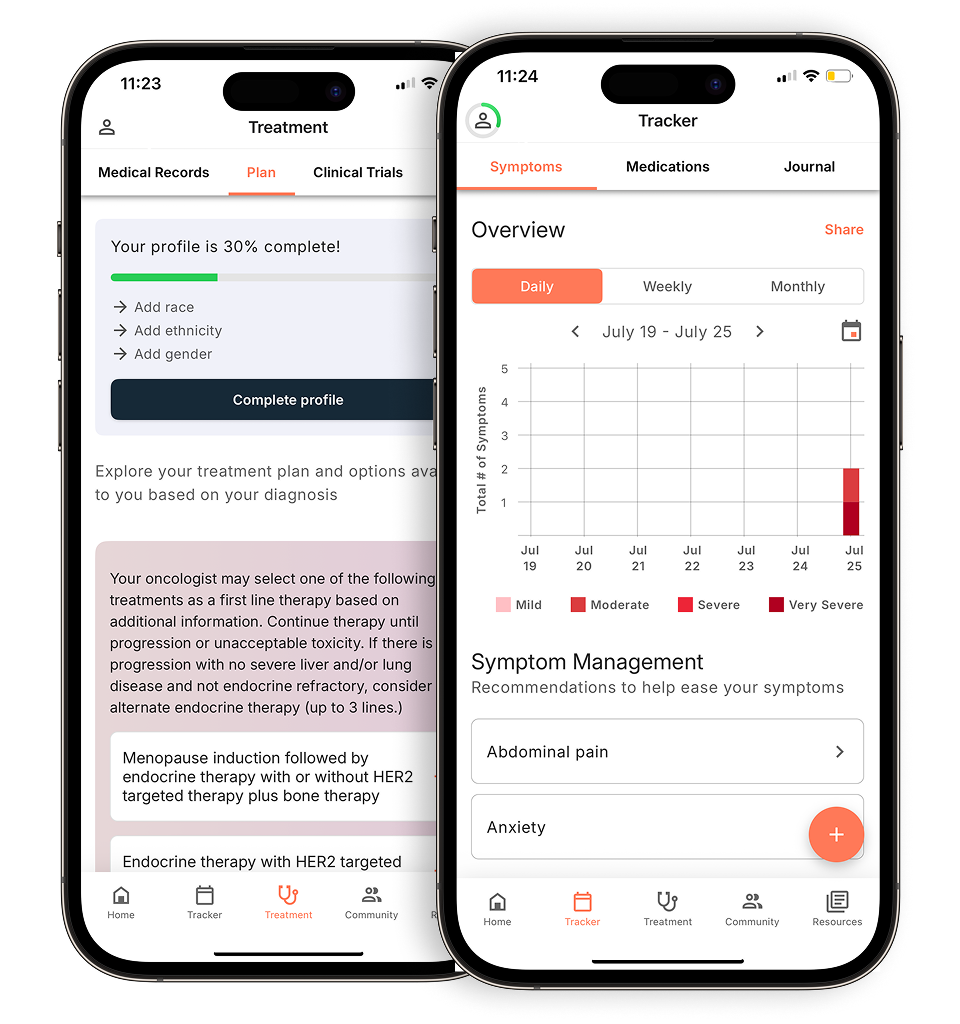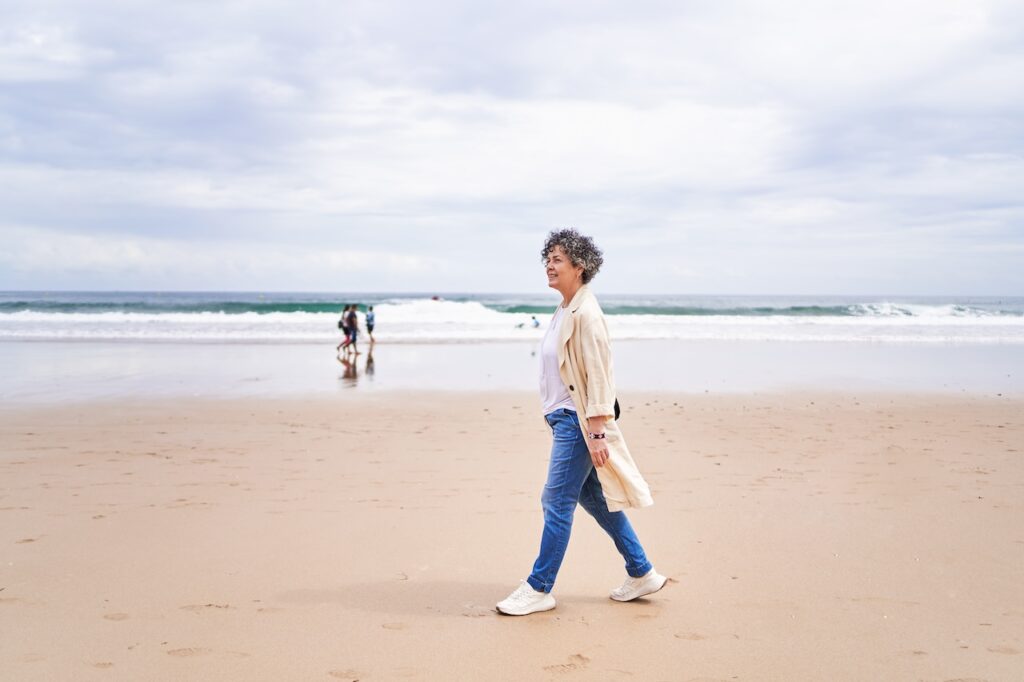Last month, the American Cancer Society released new data on the incidence of breast cancer in women living in the U.S., along with the implications this data could have on women all around the country.
You can read the full study here. For some patients, this kind of data can sometimes be overwhelming and cause unnecessary stress, so consider asking your care team to provide the insights that are most relevant to you.
In the meantime, we’ve compiled the following insights to give you a better understanding of new breast cancer trends, and to also serve as a reminder that regular breast health checks and early detection can save lives.
The data says: The incidence of breast cancer has increased by 1% each year over the last decade. But the overall mortality rate has dropped around 44% since 1989.
- What does this mean? Overall, the mortality rate for breast cancer has decreased thanks to early detection and innovation in treatment. The findings revealed we’re seeing almost 517,900 fewer deaths over those 33 years.
Additionally, researchers are seeing an increase in breast cancer diagnoses for women under 50 vs. over 50 years old. They acknowledge this new trend and have begun looking for reasons why, noting that younger people are developing other cancer types at a much earlier age as well, perhaps due to lifestyle factors.
The data says: Not all women are sharing in the breast cancer mortality rate progress.
- What does this mean? Women of color overall are finding themselves at a disadvantage often due to racial, ethnic, and social disparities, and the lack of access to early screening.
American Indian and Native Alaskan women have seen unchanged mortality rates since 1990. Black women have 38% higher mortality than white women, but a 5% lower incidence of breast cancer overall. Black women also have the lowest survival rate for every breast cancer subtype except when it’s a localized disease.
The data says: There’s a rising connection between where you live and your incidence of breast cancer.
- What does this mean? Overall demographics (race, age), when combined with geography and risk factors can lead to an increase in cancer. Some women might find themselves at higher risk, but with less access to early screening, regular mammograms, and the public health policy laws in that area.
The report projects that approximately 311,000 women will be diagnosed with invasive breast cancer this year, affecting 1 in 8 women across the U.S. Talk to your relatives about your family history of cancer and keep your care team updated on any diagnoses that occur in the family. If you have additional concerns or questions about pursuing a risk assessment, don’t be afraid to ask.
If you would like to connect with an Outcomes4Me oncology nurse practitioner at no charge through the Outcomes4Me app, using the “Ask Outcomes4Me” button.
Personalized support for real care decisions
Understand your diagnosis, explore clinical trials, and track symptoms--all in one place.
Get started
Compare treatments, prepare for appointments, and track side effects—all in the app
Built for your diagnosis, Outcomes4Me gives you the tools to make confident, informed decisions—right when you need them.
Continue in app






